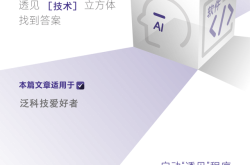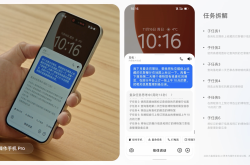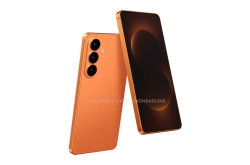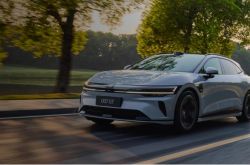China's AI Glasses at $599: Overseas Demand Surges, Top Capital Flocks In
![]() 08/08 2025
08/08 2025
![]() 461
461
By VR Gyroscope / Ran Qixing
In just six months, Even Realities has infiltrated over 300 high-end optical stores across Europe. Its products have garnered praise from prominent figures in business, politics, and the arts, including Oculus founder Palmer Luckey, Abu Dhabi Minister Sheikh Nahyan bin Mubarak, and globally renowned DJ and musician Steve Aoki. The company has successfully secured investments from top-tier venture capital firms and industrial investors such as Sequoia Capital, CDH Investments, LISI Capital, China Creation Ventures, Aier Eye Hospital, and Blue Hill Capital.

Sheikh Nahyan bin Mubarak, Palmer Luckey, and Steve Aoki wearing Even G1
Even Realities is an AI glasses startup founded in 2023. The team primarily comprises personnel from leading consumer electronics brands and European high-end optical brands, with an R&D core team hailing from prestigious companies like Apple, Samsung, and Philips.
In 2024, Even officially unveiled its first AR+AI glasses, Even G1. Priced at $599, this product swiftly captured the industry's attention upon its launch. Unique features such as its "round frame design, head-up display, low rainbow effect, no camera, no speaker" set it apart in the competitive "hundred glasses battle," carving out its distinct product niche.
Is this seemingly "counter-trend" design a compromise due to resource and technical limitations, or the result of deep consideration regarding products, technology, and the market? To delve into this, VR Gyroscope conducted an in-depth conversation with Ouyang Jian (Tom), co-founder and CTO of Even Realities.
Tom holds a bachelor's degree from Purdue University and a master's degree from the University of California, Los Angeles, majoring in mechanical engineering. He has worked for companies like Apple, JMGO, and Western Digital, serving as the head of R&D. His background spanning machinery, optics, and system integration has endowed him with a holistic vision for hardware products.

Ouyang Jian (Tom), co-founder and CTO of Even Realities
"Reverse Design" Philosophy: Ultimate In-house Research and Development from Optics to Power Consumption
For a brand manufacturer, the "differentiation content" of a product is crucial. From the frame, materials to the optical system, Even has demonstrated its uniqueness.
From a CTO's technical perspective, Tom explained that although Even won't manufacture semiconductor chips, "basically, for the system level layer above the chip, we will design it ourselves." This includes the entire HAOS™ optical system, starting from the Micro-LED microdisplay—the optical engine and diffractive waveguide.
Why insist on in-house research and development? Because the common solutions on the market cannot meet Even's pursuit of "ultimate excellence." Tom elaborated, "Due to the relatively blue ocean nature of the industry, each company's product definitions vary. If a common solution is adopted, the final product solution may not be optimal. Only by reverse-designing based on actual product needs can we achieve a highly integrated product definition encompassing optics, structure, hardware, and software."
Unlike industry standard versions, Even's optical design boasts higher optical efficiency. Part of this valuable design margin, brought about by high optical efficiency, is utilized to improve display uniformity, enhancing the viewing experience. Another part is directly converted into reduced power consumption, extending battery life. Tom said, "In our overall design, we set it according to the actual usage standard of one and a half to two days. While ensuring that the optical efficiency reaches the ultimate level, reducing power consumption is our core logic, which may reduce power consumption by 30% or even 50% compared to other manufacturers."
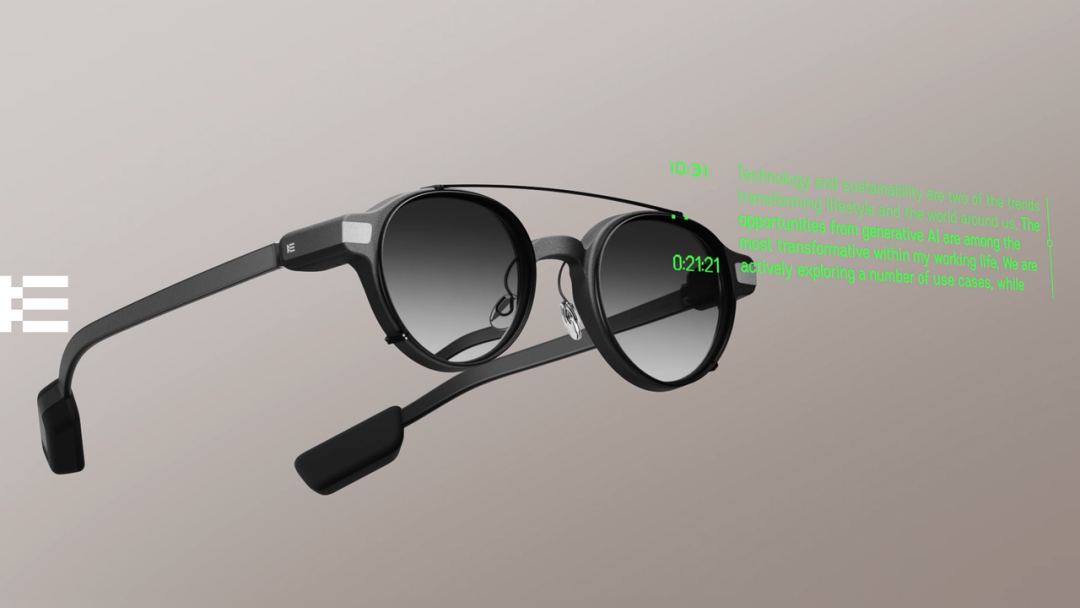
To further realize Even's ultimate design for AI glasses and ensure long battery life, the team even forwent the "standard" component widely considered in the industry—speakers. This decision not only significantly reduces power consumption but also allows for a thinner and lighter temple design, enabling the core motherboard to be placed at the end of the temples, optimizing the overall weight distribution and wearing experience.
Beyond hardware, Even's power consumption management at the system level is also unparalleled. The glasses adopt an aggressive power management strategy, capable of entering an ultra-low power consumption standby mode at the milliwatt or even microwatt level when not in use.
To balance the user experience of "instant wake-up," Even also drew inspiration from the sensing logic of mature wearable devices. Tom said, "Even G1 adopts a Sensor Hub mechanism similar to that in smartwatches, with an ultra-low-power sensor continuously activated to monitor user triggers such as head-up and touch. Once a trigger signal is received, the system can instantly wake up, thereby maximizing battery savings without sacrificing response speed."
This perseverance in product details and adherence to technology is also reflected in the team's high standards. Even's technical R&D personnel account for up to 2/3 of the company's total workforce. The core R&D team graduated from top universities such as 985/211 and QS top 100, comprising first-tier tech talent from Silicon Valley and optical R&D PhDs, and is still actively expanding. To attract more world-class R&D talent, Even also demonstrates maximum sincerity in compensation, with no upper limit, no restrictions on age and experience, and full evaluation based on ability.
More Efficient "Voice Input, Visual Output"
With the elimination of speakers, a natural question arises: how can AI interaction form a closed loop for an AI glasses product? Even's answer lies in the "audio input plus visual output" model. Users input voice commands through the microphone, and AI feedback is presented visually through the screen in front of them.
Tom believes that this model is far superior to pure audio interaction in terms of information acquisition efficiency. He provided an example: "Imagine receiving a WeChat message and starting to read it... The entire information acquisition is single-channel... and inefficient. From the perspective of human information reception, vision accounts for 70% to 80%." Visual information is nonlinear and can be viewed at a glance, whereas voice announcements are linear and mandatory. The former is obviously more aligned with the human brain's habit of efficiently processing information.
Regarding the trigger method of interaction, Even G1's iconic "head-up display" function also appears very "heterogeneous." Tom explained that this design is primarily based on two considerations: first, to enhance the privacy and convenience of interaction. Many users feel awkward conducting voice interactions in public places, and the act of raising their heads itself conforms to people's habits when thinking or observing, serving as a less noticeable and more natural trigger method. Second, to protect personal boundaries and visual experience. When information needs to be viewed, the head-up display provides a relatively isolated state to view relevant content without obstructing the user's main physical line of sight.
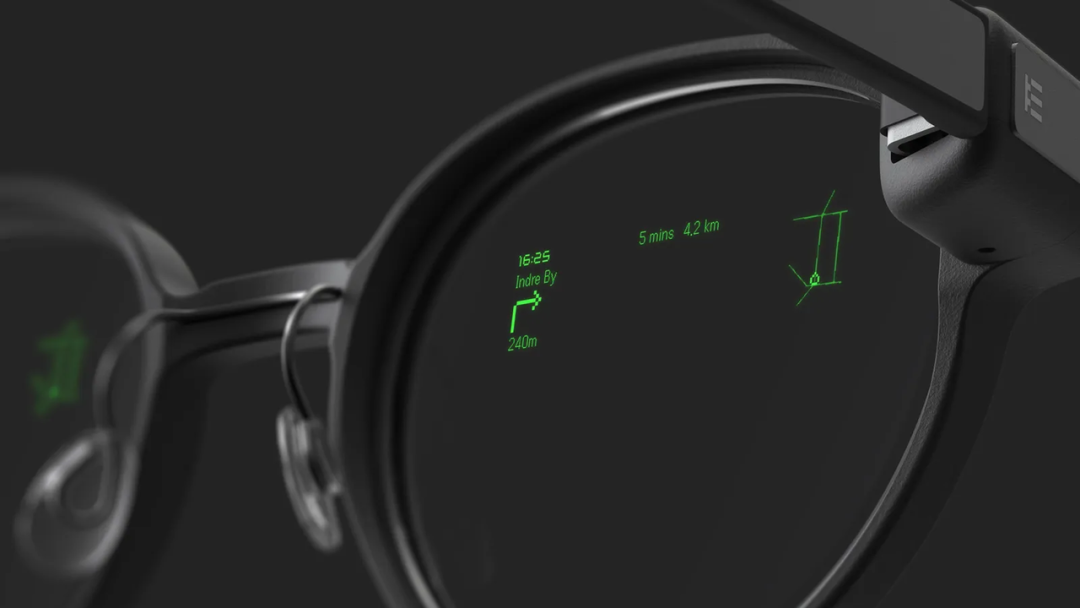
It's worth mentioning that Even G1's "head-up display" design cleverly avoids some optical pain points associated with the diffractive waveguide solution, beyond just interaction. Since its grating structure is positioned above the direct field of view of the naked eye, it effectively minimizes the impact of inevitable optical flaws such as the "rainbow effect" on daily vision.
Tom pointed out, "If the grating continuously obscures the user's direct front view, it not only affects the clarity of observing the outside world but also makes the lenses themselves appear odd to others. Our design first ensures its basic experience as a pair of 'ordinary glasses.'" He further added, "At the diffractive optics level, through sophisticated nano-microstructure design, optical flaws such as light leakage can be guided to positions not easily perceived by the human eye, thereby improving optical efficiency while achieving a more 'invisible' display effect."
Focusing on Core Display, Unaffected by Industry Trends
As wearable devices closest to human senses, AI glasses can not only realize earphone audio functions through speakers but also achieve first-person perspective shooting functions by adding camera sensors. This has been the standard configuration for a series of AI glasses launched domestically and internationally over the past year. However, in Even's view, these two modules are not core.
Tom said, "Each company has its own perspective, but from our perspective, if a certain element is removed, it means it is not the most important part in our view. Of course, from Ray-Ban Meta's perspective, it wants to focus on first-person perspective shooting and integration with large AI models, which may be its top priority. But our view is just the opposite. The demand for 'personal imaging' has already been met by numerous mature device forms."
Even believes that the market ecology for personal audio and personal imaging is extremely mature and competitive. Whether it's open-ear headphones or action cameras, there are already specialized devices that provide the ultimate experience. In Even's product definition, only "AR display" is a necessary module.

Regarding multi-modal AI visual understanding based on cameras, Tom said, "Looking back at current large AI model applications, language models are still the most commonly used. No matter how AI develops in the future, it must be able to understand human language, which is the foundation of information input. As for other functions of AI glasses such as visual recognition and SLAM, we don't need to rush to make decisions and need to further observe."
In the current AI glasses market, the functions and application scenarios discussed by various companies have shown a high degree of homogenization. Tom's judgment is that "at this stage, there is no real killer application yet," so Even's strategy is to first refine the basic experience of "all-day wear" and the "core ecosystem." "As long as users are willing to wear them all day long, with the evolution of AI capabilities and the expansion of the ecosystem, the frequency of use will naturally increase."
The positive feedback received by Even G1 among early user groups such as tech company CEOs has given the team confidence: "efficiency" scenarios such as meeting information reminders, message filtering, time management, teleprompter, and translation are already being frequently utilized.
Starting from the "Hardest" European Market, Capturing the High Ground of AI Glasses Mindset
Even is one of the few Chinese upstarts that have primarily targeted the overseas glasses market since its inception. Its products have currently entered over 300 high-end optical stores in Europe. Tom said, "Glasses are inherently exotic, and the high ground for high-end brands is in Europe. To go high-end, start from the hardest market, capture the mindset first, and then entering North America and China will be easier."
It's precisely out of this consideration that Even is not stingy at all in glasses design, especially in material selection. According to reports, its frames are primarily composed of magnesium alloy, titanium alloy, and silicone, ensuring both elasticity and hardness.
"If you take a pair of glasses that feel very plastic and toy-like to a high-end store, they won't sell. In fact, in the cultural semantics of glasses, metal occupies an important position. We chose a metal frame from the beginning to let everyone know that this is not a cheap toy but high-end material, just like most of LINDBERG's designs include titanium." Tom said.
Even has made its texture, design, and wearing comfort comparable to "being able to share a counter with high-end brands" and then relies on the team's own traditional channel resources to progress step by step. Tom believes that a similar transformation has already occurred in the watch industry. Traditional channels have a mature understanding of the "arrival of intelligence," "but they don't know when." When they see a "decent form," the logic of incremental business is established: customers who originally bought frames will be interested in "one more smart option."
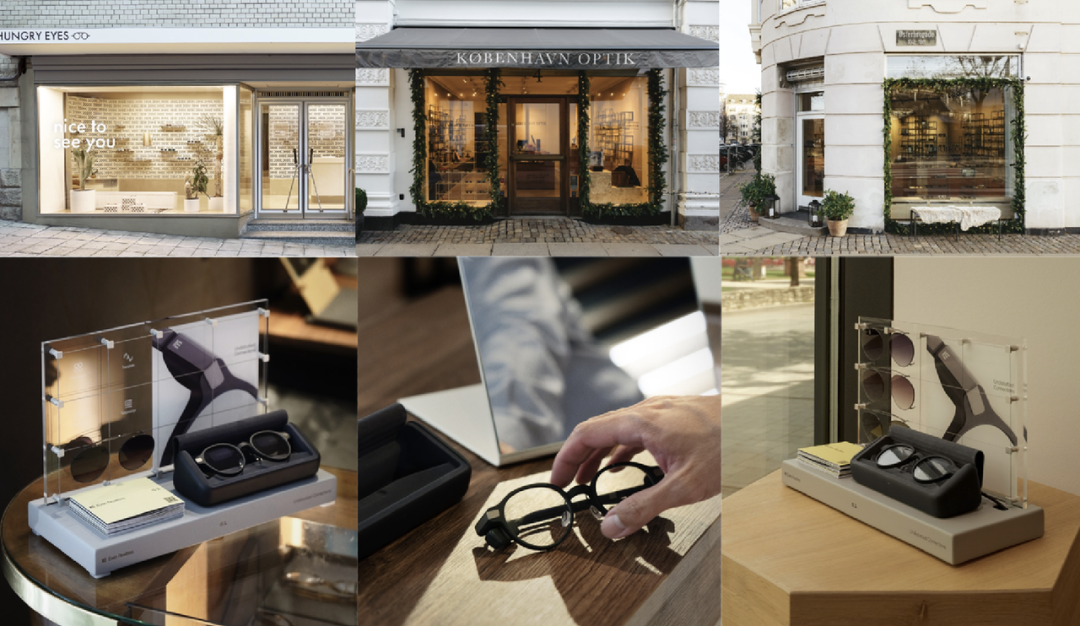
In terms of the strategy of entering traditional optical channels, cooperation models dominated by Ray-Ban Meta are not uncommon, leveraging the design and aesthetic capabilities of traditional optical brands, coupled with the technology product definition capabilities of tech companies, to form complementary resources. However, Even is not "interested" in this. On the one hand, Even's team already includes executives from traditional optical brands such as Danish eyewear brand LINDBERG and German eyewear brand ic! berlin;
On the other hand, Tom also said, "As an emerging brand, we don't need to follow other companies, especially large companies like Meta. We focus on creating our own brand of smart glasses and are committed to promoting the development of intelligent glasses. If we follow Meta, we will lose our balance. By maintaining our independent status, we have more say."
In terms of product pricing, compared to many domestic AI and AR glasses, Even G1 is priced starting at $599, which might seem steep. However, Tom compared it to the "Tesla Roadster/Model S stage"—not to create luxury goods, but to build a brand and cost curve for "new technology inclusion." "You can't be fast, good, and cheap at the same time. First, get the technology right and build the brand, then talk about scaled pricing and SKU expansion."
This approach to the market follows a "difficult first, easy later" strategy. While the initial stage may bring significant pressure, once success is achieved, the brand's competitive advantage will be far more robust compared to success in a low-threshold market.
Written at the end
Over the past year, the AI glasses market has witnessed a surge of players. Xiaomi's AI glasses have captured a significant share of the domestic market with technologies such as the Mijia ecosystem, system-level permissions on mobile phones, and electrochromic displays. Alibaba announced its "Quark AI Glasses," highlighting its position as a leading internet company with an ecosystem and all-day, all-weather scenario penetration. Meta, in partnership with sports brand Oakley, launched Oakley Meta Glasses, introducing AI glasses into the sports scene...
The intense competition among various players seems to be reaching its peak. When discussing the potential for market explosion, Tom drew an analogy with new energy vehicles. He firmly believes that the explosion of the smart glasses market is imminent, stating, "Once a critical inflection point is reached, such as a market share of around 20%, the growth rate will accelerate rapidly. As a product with a shorter decision-making chain, glasses are actually easier to convert into mainstream adoption."
Our conversation with Tom paints the picture of a determined challenger who adheres to their unique product vision and maintains strategic focus amidst the fierce competition. Even's goal is to turn "the intelligentization of glasses" into an elegant reality, rather than just another large-scale, comprehensive AI hardware experiment.


